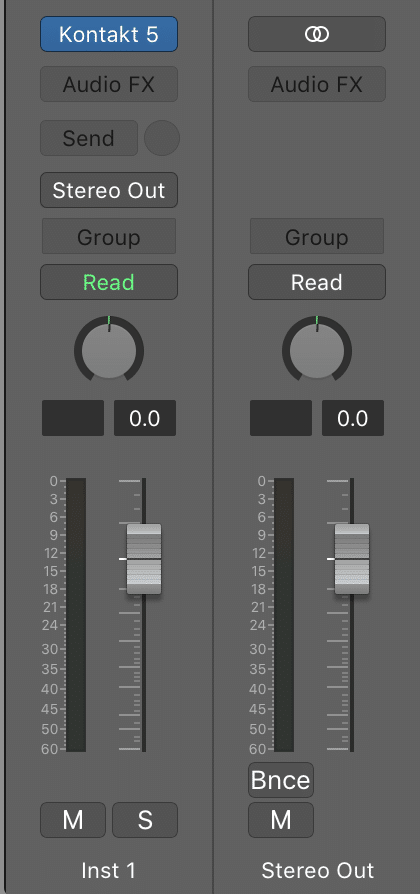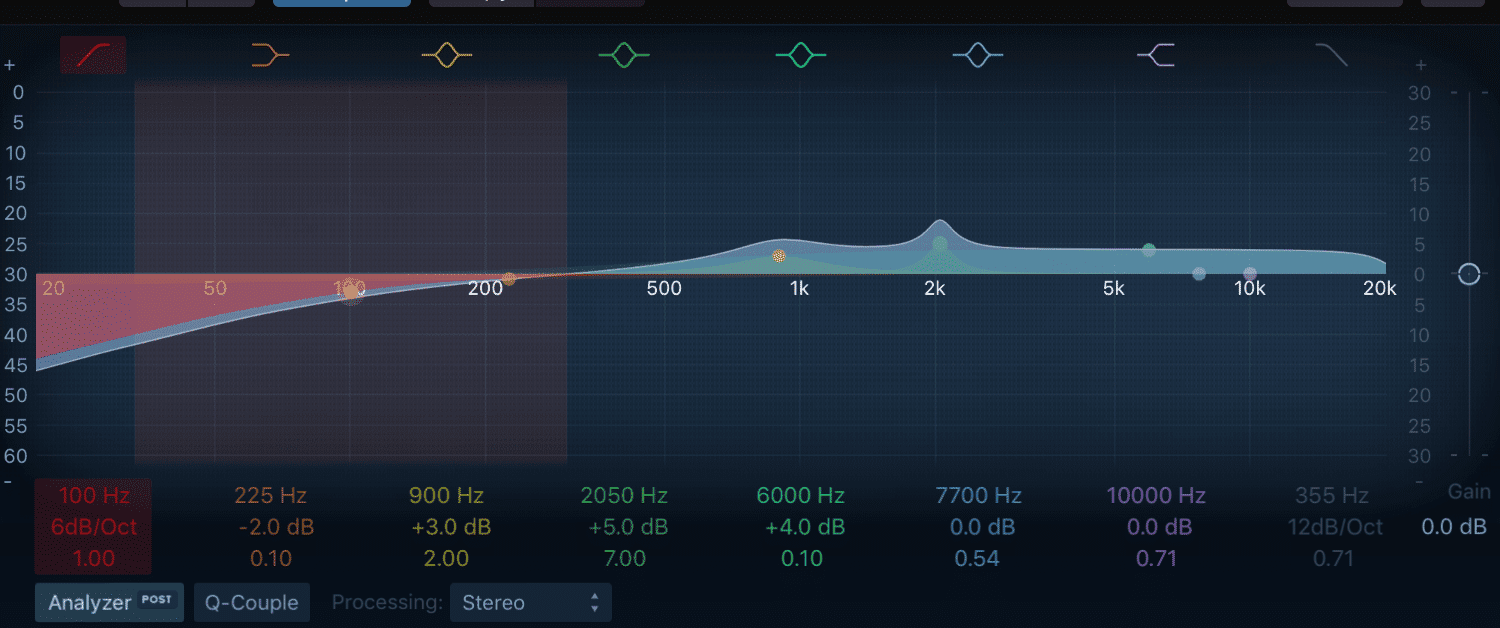What is Mixing?
Starting into music production, I didn't know much about the technical side of audio engineering. Personally, I thought all music was recorded and some old guy with a huge soundboard would move a few faders and the song would be finished. I thought everything good about a song was just in the lyrics and songwriting. Shortly after being introduced to a web-based music production sites I started to realize there’s much more to music. Things like equalization and compression are things that need to be used but what are they? How hard could making music be? Can’t you get along without “mixing” your song?
After being introduced to music production I started a long process of learning what mixing was. I started to learn that you need a DAW (Digital Audio Workstation) like Pro tools to really mix music. I learned that every channel shouldn’t be clipping and they need a compressor (whatever that was). I learned that my mix shouldn’t be “muddy” and “everything needs a space”. I realized there is so much more to mixing music than I ever thought!
Fades and Faders
Natural selection
When a band records a song nowadays, it’s usually done separately. In most cases, there isn’t a time where a band sits down together and records a song in one take and everything is perfect. A large part of mixing is listening to a number of half takes and sorting through them. This involves using the splicing tool in your DAW and cutting out certain parts of a recording and combining the best takes to make a fully fleshed out, great sounding take. This includes adding fade outs and cutting out empty audio parts from a take to remove extraneous noise. Once this is done you can move to the channel strip section of your DAW.
Channel Strip
There’s two major places that you are able to mix music. A DAW or an actual soundboard. Most likely mixing will be done on computer with your DAW. My first DAW was FL Studio 9 and just like any DAW it has faders to control the volume of every track. These faders also have with them a solo, mute, and panning control.
Solo and mute simply isolate or remove a channel from the song you are playing back. One of the important controls is panning. Panning helps control the stereo image. You want your song to be wide like songs on the radio, so with any song, panning is a good start. Everything in a track has a certain spot in the stereo spectrum and it’s the audio engineers job to find that spot. For example, high-hats are usually panned halfway left, and the ride cymbal slightly to the right.
Sends
Sends, sometimes referred to as busses or returns are found on every channel strip and they are used to send a signal to an an effect. Usually this effect will be reverb or delay. One function of sends are to reduce CPU load of duplicating a reverb on every track you need it on and to easily customize how this certain effect is applied. If a delay is used in a bus and I want to apply it to all vocal tracks, I can easily do this by using the track’s send. If I want to pan this effect or EQ, I can also do that to fit it in the mix however I need.

Automation
A big surprise to me as a new producer was that once you set things like volume and panning not everything was going to be ok throughout the song so I learned about automation. Automation is used in most every track. Most tracks can benefit from automation to keep every part of the mix in its place, especially when it comes to volume and panning. Automation can also be used in other contexts with effects that we will talk about later.
Effects and FX
After getting past all the basic stuff, it’s time to look at another huge part of mixing, the effects. When I started out it took me a few years to even start realizing the effects section. What is the EQ for and why does every channel need it? Why does it matter?
EQ
EQ is easily the most important effect in the mixing world. EQ can be defined as a process of giving everything a space, kind of like panning that we mentioned earlier. The EQ has the whole entire frequency spectrum in front of you with a few “bands”. These bands are used to cut out frequencies and give you space in your mix and also fix problems. As an example, If your guitar has some weird base frequencies you can use an EQ to remove those. If your snare has a “ring”, you can use a sharp EQ curve to remove the ring. An EQ is used to help carve out space in a mix more frequently. This EQ is used on every track to make sure things are separated. Bass guitar and kick drum often have frequency buildups that can cause them to sound ‘muddy’ and undefined. In many cases, the kick drum can benefit from a reduction around 300Hz range while the bass guitar can to take up and fill this range. These sorts of edits can help make the low-end of your mix sound more polished.

Compression
Another helpful processor is the compressor. Compressors contribute to the balanced sound songs that you hear on the radio or just about anywhere nowadays. Compression basically takes the peaks of a sound and reduces them and takes the quiet parts of a sound and makes them louder. Compression, like EQ, is applied on every track at least once to simply get a more controlled sound while still letting that instrument breathe and sound natural. If the compression starts to sound too unnatural then it would be time to cut back. This effect has a few basic controls that will help control how much a sound is controlled. Threshold, ratio, attack, and release.
Threshold is used to select a volume where the compressor starts to compress, this all depends on how loud your signal is pre-fader. Ratio is best described as how much compression is applied after a signal goes over your threshold. Attack and release times is how many milliseconds does it take for the compressor to start or stop working after the threshold level is crossed. Knee is an additional control that changes how gradual compression is applied before it gets to your chosen threshold.

Reverb and Delay
While EQ and compression are often underused and underappreciated, reverb and delay are the effects that are commonly overused and abused. Everyone understands what they are but they don’t necessarily know how to apply and blend them. These effects are used in moderation and even in some cases scarcely. Most instances of these effects in a mix are used in a bus. This means that the current signal coming from a channel strip is mixed with the same signal but with 100% of the effect applied. This helps audio engineers make the mix cohesive and everything sound like they are in the same room. Once there are five or more different delays or reverbs, things start to get muddy and confusing. These busses of effects are also usually panned pretty dramatically to help the most important aspects of the mix stay in the middle.
Other Effects
When scrolling through your effect list you may not know how to apply these effects in a mix. The prized tool of every mix engineer in the world is their ear. The ear is trained well to hear subtle differences in the tone of a sound and to decipher what the sound needs. This doesn’t come naturally to anyone but any mix engineer will tell you that these weird effects that don’t seem applicable to you, will be in the future. In every mix there is a stunning amount of work that is put in by various plugins that most people don’t even realize. The challenge is to simply be creative and learn how to use other effects in your mixes to find a new way to approach mixing.
Finishing a Mix
One last quick note is that mixing is not the last step in the song creation process. Mastering is another dark art that many don’t understand and the folks here at Sage Audio can do it with precision and quality. Mastering is the process of taking the finished mix and using specialized equipment and techniques to make a song commercially acceptable in terms of balance between frequency ranges and loudness. Extremely subtle coloring in a song can take place here too like harmonic-distortion, stereo imaging, and many other techniques. The rule is, if you mixed a song, don’t master it, leave it to a mastering engineer!
In Conclusion
The term “mixing” is often thought of as something that is strange and mysterious, but the overall process can be quite simple. A song needs to be clean cut and controlled. Mixing is the methodical and creative approach that glues a song together and gives it the color and liveliness it needs to have. For a more detailed look into mixing check out more articles in our blog.




